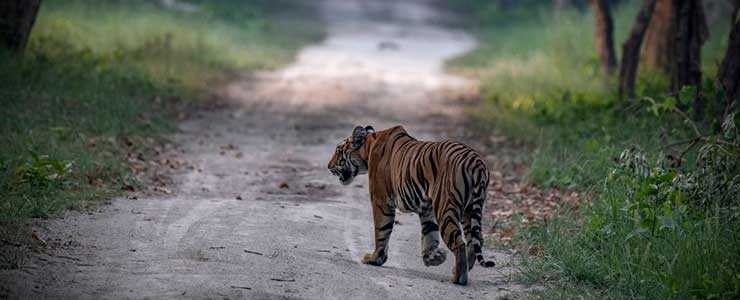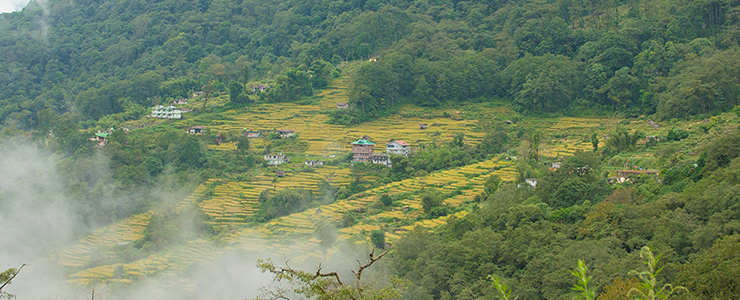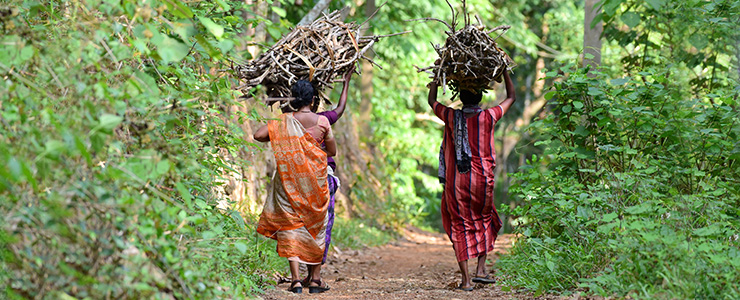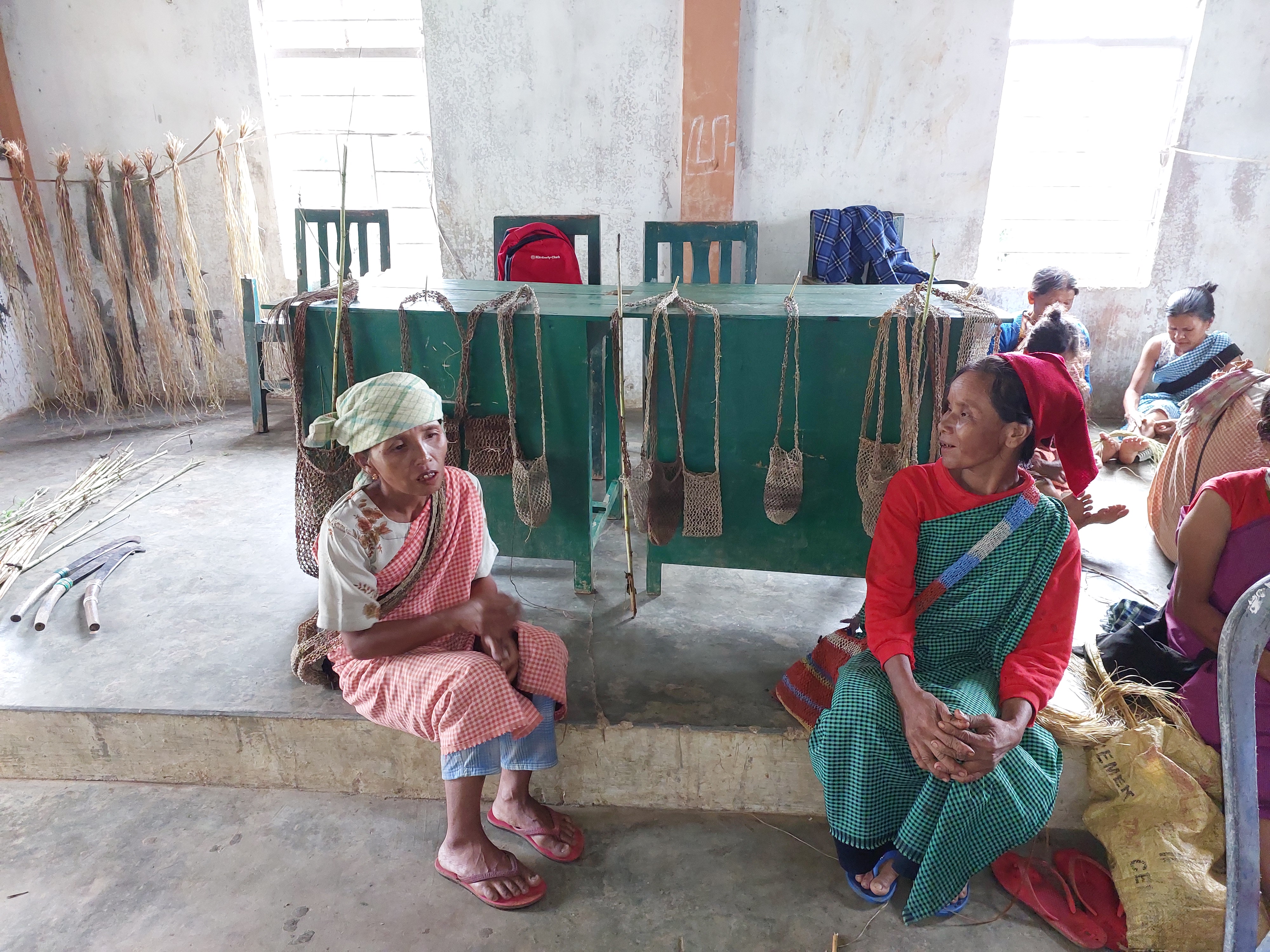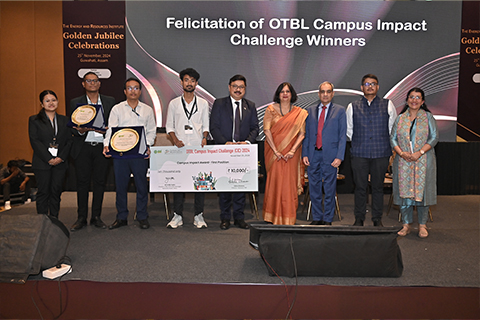Aravalli Hills alive with cautious optimism despite SC order
December 24, 2025
| The Economic Times
The Supreme Court's recent order offers a new framework for the Aravalli range. With guidelines now in place, the task ahead lies in transparent implementation, institutional coordination and sustained scientific oversight, writes Dr Vibha Dhawan, Director General, TERI.
Explained: India’s Biodiversity Credits Can Succeed If Communities Are Involved
October 25, 2025
,
| The Quint
Biodiversity credits are financial instruments designed to channel funding from individuals and companies towards the conservation, restoration, and sustainable use of biodiversity-rich areas write Mr Sayanta Ghosh, Associate Fellow and Dr Jitendra Vir Sharma, Senior Director, Land Resources Division, TERI.
Global REDD+ standards fail local forests
August 20, 2025
,
| Mongabay India
Unlocking India’s REDD+ potential would channel climate finance into one of the most diverse forest estates, benefiting millions of forest-dependent people and meeting climate goals, write Mr Sayanta Ghosh, Associate Fellow and Dr Jitendra Vir Sharma, Senior Director, Land Resources Division, TERI.
Training workshop on forest and climate change held at SKUAST-K
August 6, 2025 |
August 6, 2025
Rising Kashmir
The Land Resources Division of The Energy and Resources Institute (TERI), with support from the Ministry of Environment, Forest and Climate Change (MoEFCC), Government of India, held a three-day training workshop titled "Forest and Climate Change: Opportunities and Challenges of Adaptation and Mitigation" at Sher-e-Kashmir University of Agricultural Sciences and Technology of Kashmir (SKUAST-K).
Manipur: Consultative Workshop on Eco-Tourism held in Tamenglong to Promote Sustainable Development
April 11, 2025 |
April 14, 2025
Northeast Today
The Energy and Resources Institute (TERI), in collaboration with the Forest Department, Government of Manipur will implement carbon financing projects in the region to further enhance environmental conservation and sustainable development.
Assam: Consultation Program Held in Udalguri, TERI Chief Urges Preservation of Native Crop Varieties
April 1, 2025 |
April 1, 2025
The Sentinel Assam
During a recent stakeholder consultation in Udalguri, Assam, Dr Vibha Dhawan, Director General of The Energy and Resources Institute (TERI), underscored the critical need to preserve and cultivate high-yielding native crop varieties.



